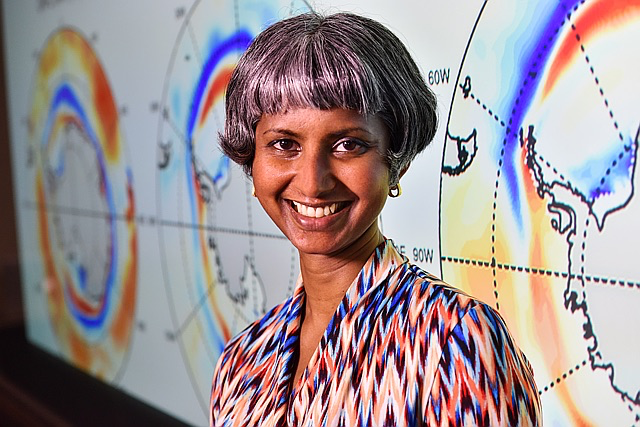Research Interests
The following topics represent some of the primary interests of my research group at the School of Earth and Ocean Sciences at the University of Victoria. We perform much of our research on the Earth’s climate using a hierarchy of mathematical models, from pencil-and-paper heuristic models to comprehensive Earth system models that are implemented on state-of-the-art supercomputers. The latter require hundreds-of-thousands of computing core hours, and produce terabytes of data that we analyze using Python. In addition to modeling, we also use observational data of the Earth system to round out our research, and to provide a check on the understanding we derive through models.
Polar Climates
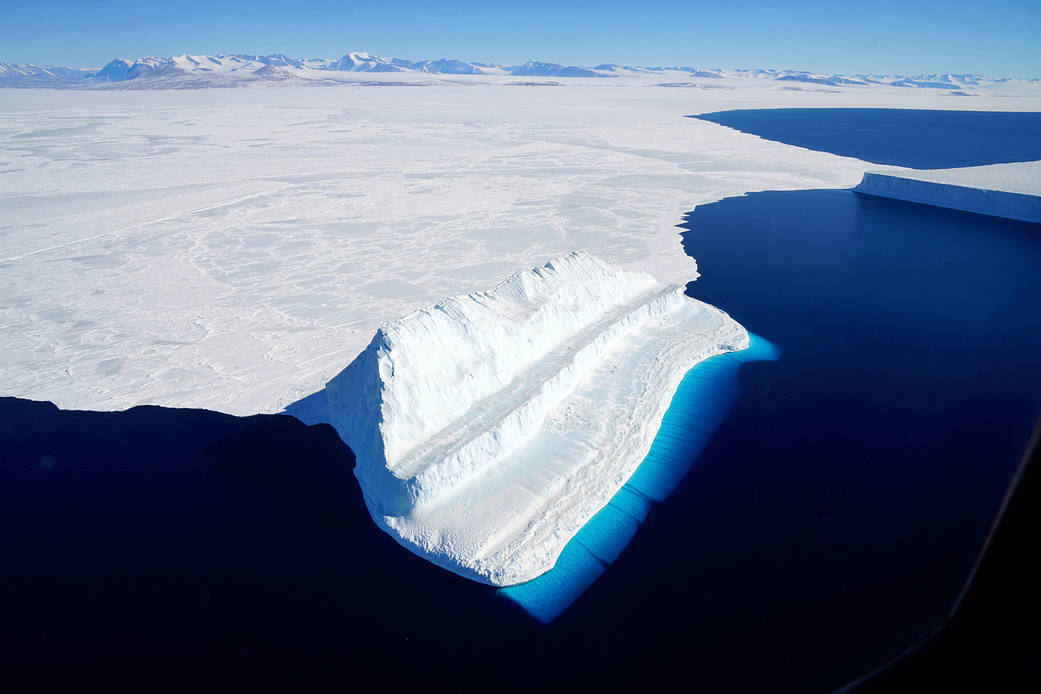
Polar climates are dynamic and ever-changing. Throughout Earth’s history, the largest climatic changes have occurred over high latitudes, with conditions ranging from frigid and ice-covered (as during the last glacial period) to balmy and ice-free (as during the Eocene, when crocodiles and palms could be found in the Arctic circle). Amidst today’s changing climate, the Arctic has warmed nearly three times as much as the rest of the globe, and Arctic summer sea ice cover will likely disappear before mid-century. On the other hand, climate change has been much weaker over the Antarctic, and more mixed: the Antarctic peninsula and the Southern Ocean (at depth) have warmed, but much of the Antarctic ice sheet has not warmed appreciably; Antarctic sea ice area has not definitively declined below its preindustrial mean, and the East Antarctic Ice Sheet may be gaining mass.
These different climate responses over the Arctic and Antarctic give rise to several interesting research questions, such as the following:
- What high-latitude processes elicit rapid warming over the Arctic, and how do these processes differ over the Antarctic?
- What is the relationship between natural variability over the Arctic and Antarctic, and how these regions respond to CO2 forcing?
- Which pole, the Arctic or Antarctic, exhibits a more ‘typical’ polar climate response to greenhouse gas forcing? Moreover, is ‘polar amplification’, greater climate change over the high latitudes than elsewhere, a robust forced response?
- What role, if any, does ocean heat uptake over the Southern Ocean play in Antarctic sea ice evolution and Antarctic surface temperature change?
- How important are dynamic processes, particularly poleward energy transport by the atmosphere and ocean, in polar climate change? Does the importance of local versus dynamic processes vary seasonally or regionally?
Coupled Climate Dynamics
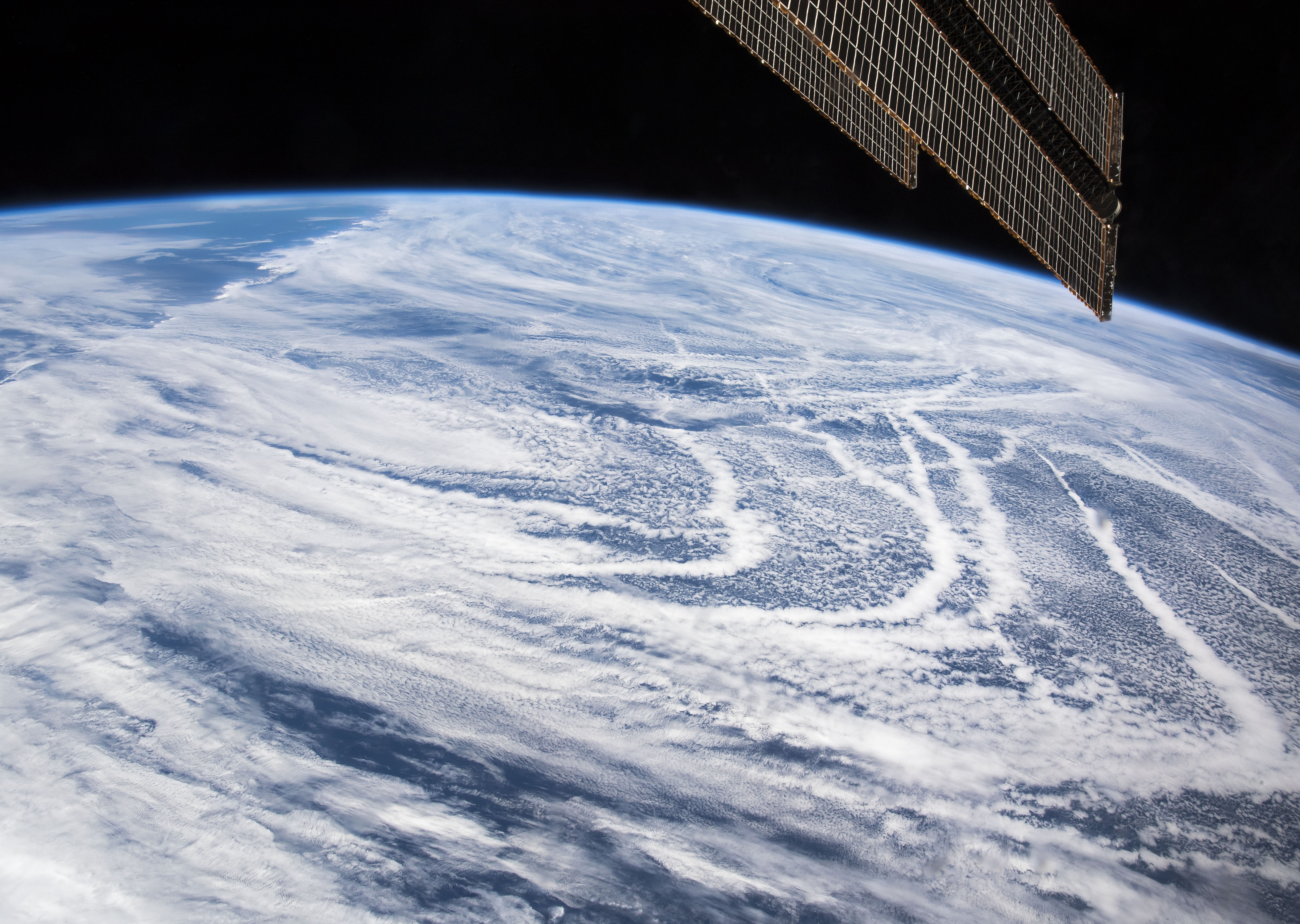
The atmosphere, ocean, and ice interact with each other and evolve over a range of spatial and temporal scales. Interactions between these Earth system components occur through the transfer of heat, freshwater, and momentum, and these give rise to the Earth’s climate state over the largest spatial scales. In the tropics, interactions between the atmosphere and ocean in the tropical Pacific produce El Nino events, which impact climate globally. Over the polar regions, interactions between atmosphere and ocean become even more complex with the intervening layer of sea ice, which impacts how energy and freshwater move between air and liquid water.
The variety of processes that link these different media, and the consequences of these interactions for the Earth’s climate, give rise to a variety of research questions, including the following:
- How does coupling between the atmosphere and ocean impact the mean state climate and the climate change response, and how do these impacts vary over different time scales?
- How do changes in the ocean circulation, and the associated changes in ocean energy transport, impact surface heat fluxes and the associated state of the atmosphere?
- How do interactions between the atmosphere and ocean mediate Bjerknes compensation, whereby energy transport changes in the atmosphere are countered by opposite energy transport changes in the ocean (and vice versa)?
- How do changes in polar land ice impact the mean climate state and its response to atmospheric greenhouse gas increases?
- How do changes in sea ice area and its seasonality impact the coupled dynamics of the climate system?
The Aerial Hydrologic Cycle
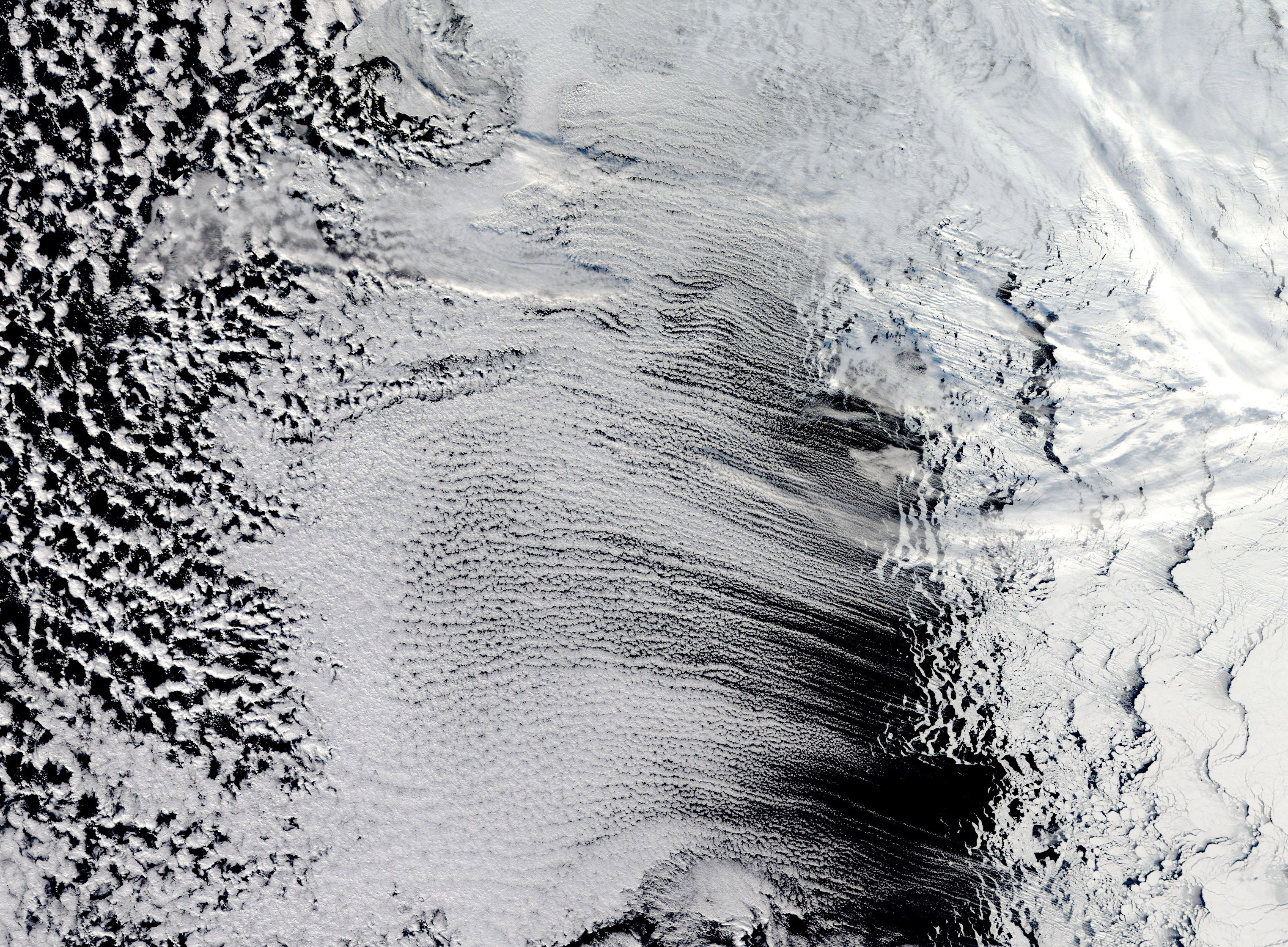
The atmosphere moves water, in the form of vapor or cloud, from equator to pole. One way to study how water moves through this aerial hydrologic cycle is through numerical water tracers, which allow water to be followed from its source region, through phase changes and movement by winds, to the point where it precipitates to the surface. Studies using such water tracing help elucidate the range of dynamic processes that move atmospheric water from its site of evaporation (or sublimation) and to the eventual point where it precipitates (as rain or snow).
Our primary research interests in the aerial hydrologic cycle concern the consequences of atmospheric moisture transport for the midlatitudes and polar regions, and include the following questions:
- How does atmospheric moisture transport to the polar regions vary as the climate warms due to increased atmospheric greenhouse gases? How does this transport vary seasonally, vertically, and regionally?
- What consequences do changes in atmospheric moisture transport (with rising greenhouse gases) have on clouds in the Arctic and Antarctic?
- How does the vertical distribution of temperature and moisture (i.e. the moist isentropic structure of the atmosphere) determine how the atmosphere moves moisture from equator to pole?
- What are the implications of the mechanism of poleward moisture transport for the interpretation of water isotopes, particularly those from high-latitude, high-altitude ice cores?
- Does the relationship between moisture source regions and high-latitude water isotopic signatures change with different mean climate states (such as during the last glacial period)? If so, how can these changes be conceptualized in terms of atmospheric dynamics?
The Ocean’s Role in Climate
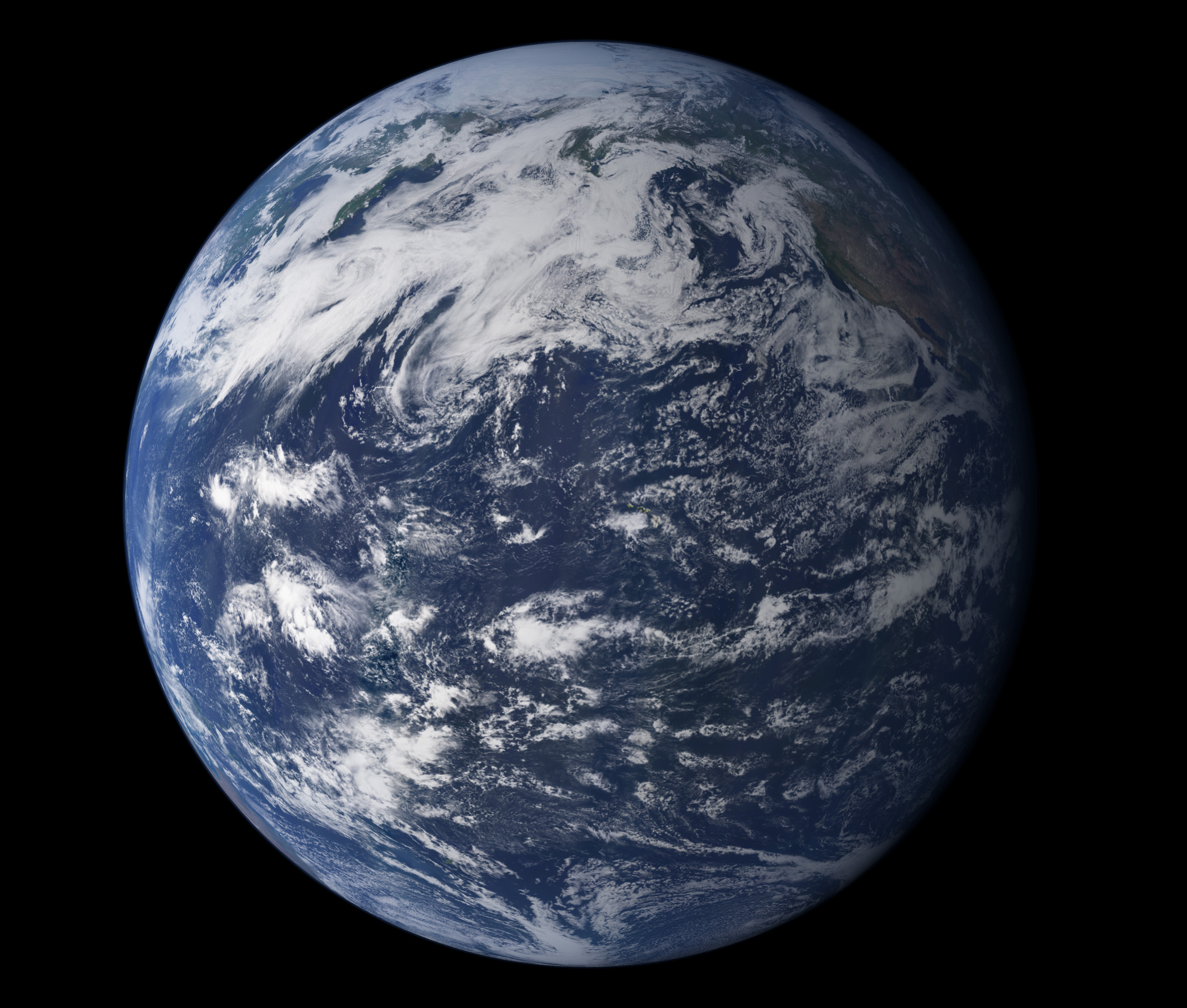
The Earth is an ocean planet – over 70% of our planet’s surface is covered in water. The enormous heat capacity of ocean water moderates surface temperature fluctuations, while the movement of heat poleward by ocean currents decreases equator-to-pole temperature gradients and warms global surface temperatures, particularly in the mid- and high-latitudes. If the latter ocean currents were to stop, many climate models predict that the Earth would rapidly become ice-covered, a climate phenomenon known as Snowball Earth.
The ocean’s fundamental role in the physical climate system, and its ability to support the temperate climate we have today, gives rise to a range of research questions, including the following:
- How do changes in how the ocean transports energy poleward impact the Earth system’s response to greenhouse gas forcing?
- How do changes in poleward ocean heat transport over different time scales impact the temporal evolution of the Earth system response to greenhouse gas forcing?
- How are radiative feedback processes impacted by changes in ocean circulation and accompanying changes in ocean heat transport?
- How does the Atlantic Meridional Overturning Circulation, which transports heat northward across the equator via the ocean, mediate climate asymmetries between the northern and southern hemispheres?
- To what extent do the different ocean heat transports that accompanied past Earth climate states (including glacial periods, warm equable climates such as the Cretaceous, and others) explain these past climates?
All images courtesy of NASA and NASA Earth Observatory.
